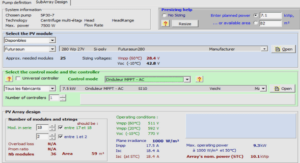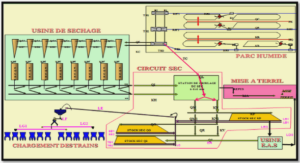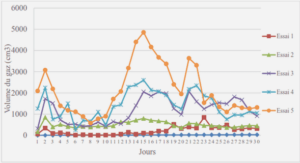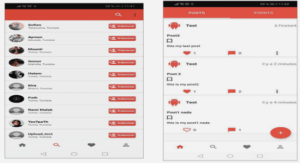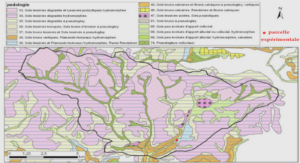SPATIAL VARIABILITY IN ZOOPLANKTON AND FEEDING OF LARVAL
Data analyses
Zooplankton assemblage
To examine the influence of various assemblages of copepod prey on the feeding of mackerel larvae, stations with at least one mackerel larva were grouped based on zooplankton species composition. Only species representing more than 0.1% of the total abundance at least at one station were used (Field et al., 1982). A cluster analysis with complete linkage was performed on a Bray-Curtis similarity matrix based on the zooplankton data (Clarke, 1993). Species assemblages were calculated using the fourth-root transformation, which down-weighted the importance of abundant species, allowing rarer species to exert more influence on the calculation (Clarke and Warwick, 2001). A SIMPROF (a = 0.05; 999 permutations) test was also performed to distinguish significant groups in the cluster analysis. A SIMPER analysis was also used to identify species that
typified the assemblages. Finally, we examined species richness using Margalef s index following the formula in Magurran (1988). The calculation of the index based on zooplankton species abundance was performed on non-transformed abundance data for each station and then averaged by group. All these analyses were performed using PRIMER v6 statistical software.
Feeding selectivity
The selectivity of mackerel larvae for prey y was quantified using Chesson’s (1978) aselectivity index; where N is the number of prey taxa considered, (d/pj) the relative frequency ratio of prey j in the diet and in the plankton, and Z(cli/pi) the sum of this ratio for all prey taxa. Only prey representing more than 0.8% of the total abundance in at least one larva gut were considered in the calculation of a. Digested copepods that could not be identified (about 1.8% of all prey) were removed from the calculation as well as prey that were found in the stomach but not at the station (about 2.3% of all prey). The index was computed independently for each larva and then averaged over length classes (3) and zooplankton assemblages (4). We used the formula 1/N to calculate a threshold value of positive selection for averaged values. Only larval abundance data obtained in the 333 |j,m Bongo nets was used for the feeding selectivity analysis.
Energetic index
To compare results from three studies on larval mackerel diet in the southern GSL (Ringuette et al, 2002; Robert et al, 2008; this study), an energetic index (i.e., mean carbon biomass per prey) was calculated as per Robert et al (2008). First, the total prey biomass found in the stomach was calculated for each larva and divided by the number of prey in the stomach. An average was then calculated per year. Unidentified digested materials were removed from the calculation as well as unidentified copepods without length measurement (about 3.3% of all prey from the three studies). For this calculation, only length classes whose diet is dominated by zooplankton were presented (< 3.5 mm; 3.5-5.4 mm and 5.5-7 mm) to avoid including fish larvae in the gut. There are nevertheless
some larvae in the diet of the largest length class but our interpretation focuses on the intermediate length class (3.5-5.4 mm).
|
Table des matières
INTRODUCTION GÉNÉRALE
SPATIAL VARIABILITY IN ZOOPLANKTON AND FEEDING OF LARVAL
ATLANTIC MACKEREL {Scomber scombrus) IN THE SOUTHERN GULF OF ST. LAWRENCE
INTRODUCTION
MATERIALS AND METHODS
Study site
Sampling of mackerel larvae and their zooplankton prey
Laboratory analyses
Data analyses
RESULTS
Zooplankton assemblages
Diet composition
Feeding selectivity
Energetic index
DISCUSSION
CONCLUSION GÉNÉRALE
RÉFÉRENCES
![]() Télécharger le rapport complet
Télécharger le rapport complet

